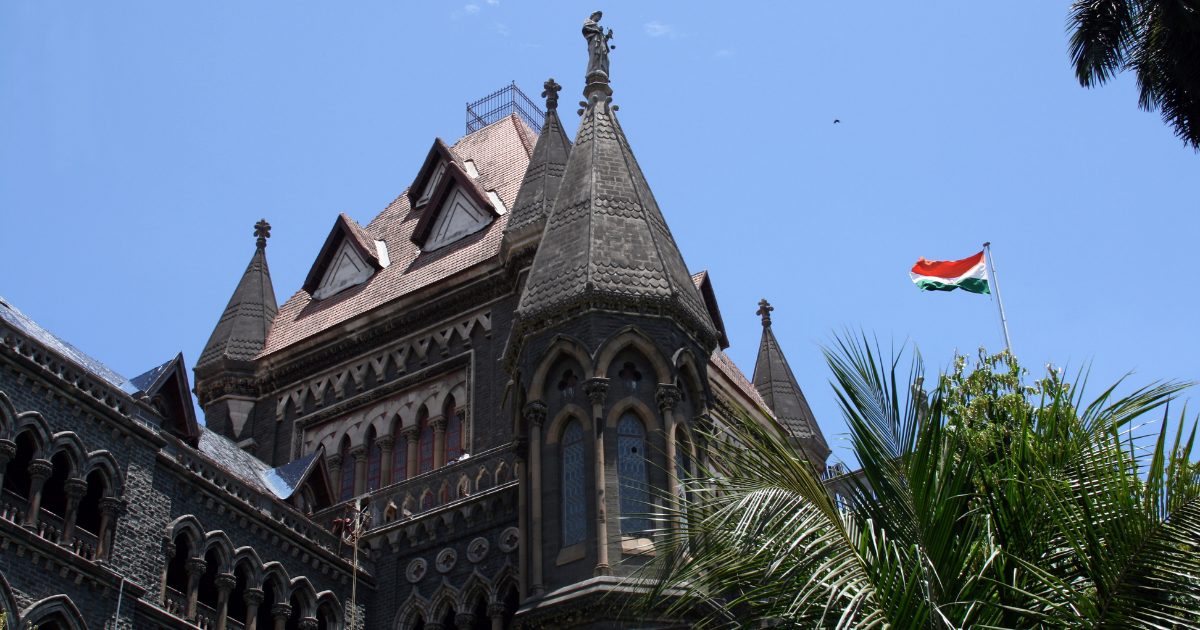THERE was a time not too long ago when the following sight was common for visitors to the Bombay High Court.
On every working day, just after working hours, a shipai or pattewala (attendant) of a senior milord could be located at a temporary shed on a footpath near the high court.
This stall is used to sell vada pav which is the most affordable and best-selling street food loved by Maharashtrians in general and Mumbaikars in particular.
It seems his boss, the senior milord, found the flavour and taste of this vada pav simply irresistible. He had tried many versions across the state but, according to him, this was by far the tastiest version.
Being from a rural farming background, the senior milord preferred extra-red chutney and green chillies as accompaniments to the main dish. Over a long period of having served this special customer, the vada pav walla had gauged exactly what the milord liked and would tailor his snack accordingly.
The piping hot vada in the pav was parcelled and handed over to the attendant who would then dart across the road to the main high court building where the milord eagerly waited in his chambers after the day’s work.
Chai and vada pav made long hours in the court bearable. They were far more palatable than the arguments in the court.
As the milord’s name moved up the seniority chart and he began heading Benches, junior judges on his Bench would often drop by for a cup of tea in his chambers after the Bench had risen for the day.
Since he could hardly have vada pav alone, he started ordering a packet for them too. Thus, these milords too developed a taste for this delicious snack.
Gradually, many milords started dropping by his chamber for the vada pav session. The attendant was now ferrying half a dozen piping hot packets of vada pavs daily. Soon, many milords started sending their own attendants and ushers to get this by-now famous vada pav, loved by the senior milord, for them too.
Customers of that vada pav walla knew that there would be a long waiting time if they went to the stall at the wrong time, i.e., just after the courts rose for the day. So they avoided that time slot.
It was known as “judge saheb ka time”.
Priority service was accorded to the uniformed personnel from the high court. There was always a big crowd around this stall. Naturally, it obstructed the free movement of pedestrians.
Soon, someone complained to the municipal corporation about the “nuisance” caused by roadside food stalls in general. Some newspaper articles also appeared with photographs of crowded stalls and the litter strewn around by customers.
As most of these stalls were unauthorised and owed their continued, unhampered existence to weekly bribes called haftas paid to those who were supposed to act against them, these footpath-occupying hawkers never took such ‘Clean Mumbai’ campaigns too seriously.
But one fine day, some busybody filed a public interest litigation (PIL) and a proactive Bench asked the Municipal Corporation of Greater Mumbai to reply to the allegations in it and disclose on affidavit what actions they had taken or intended to take.
Thereafter, very reluctantly, notices were issued to all hawkers, including those licenced by the municipal corporation.
Then, the Hawkers Associations got into the act. Suits were filed and ad interim injunctions obtained. By now, the matter had become high profile due to media attention. Under pressure, the injunctions were vacated and the hawkers moved the high court.
While all this was happening, the vada pav seller handed over a photocopy of the notice served upon him to the attendant of the senior milord. The senior milord read the notice and sensed that if this matter was taken to its logical conclusion, it could mean goodbye to his favourite vada pav.
This was unthinkable.
It would be unbearable not just for him but for many of his brethren as well. This poor fellow rendering yeoman service to the rule of law by keeping so many milords sated and contented after a hard day’s labour ought not to be evicted just like that.
Due process had to be followed.
Milord requested a lawyer to “help out” the poor guy. As if on cue, he filed a regularisation application with higher authorities and moved the high court directly seeking protection from any coercive action till that was decided by a speaking Order.
As expected, the vada pav walla’s petition was heard by a vada pav Bench.
The ever-cooperative municipal corporation readily agreed to consider any representation made for regularising old pitch-occupiers and stall owners who were offering “essential services” to citizens at reasonable rates.
The high court recorded their statement and disposed of the case saying no coercive action should be taken till the representations were decided.
It also Ordered that if the representation was decided against the petitioner, no action was to be taken for eight weeks to enable the petitioner to avail of “appropriate legal remedies”.
Needless to say, there the case rested.
Nothing happened.
The status quo was maintained.
Piping hot vada pav was luckier than most litigants as it got the attention of milords every day!
In due course, the senior milord retired and went away to his native place to enjoy home-made vada pav. However, the vada pav vendor’s business has continued to expand. Parcels still keep going into the high court building. Pattewalas are still seen crowding around the vada pav stall after court hours.
Along with them, we sometimes find policemen, employees of the municipal corporation and PIL lawyers!


